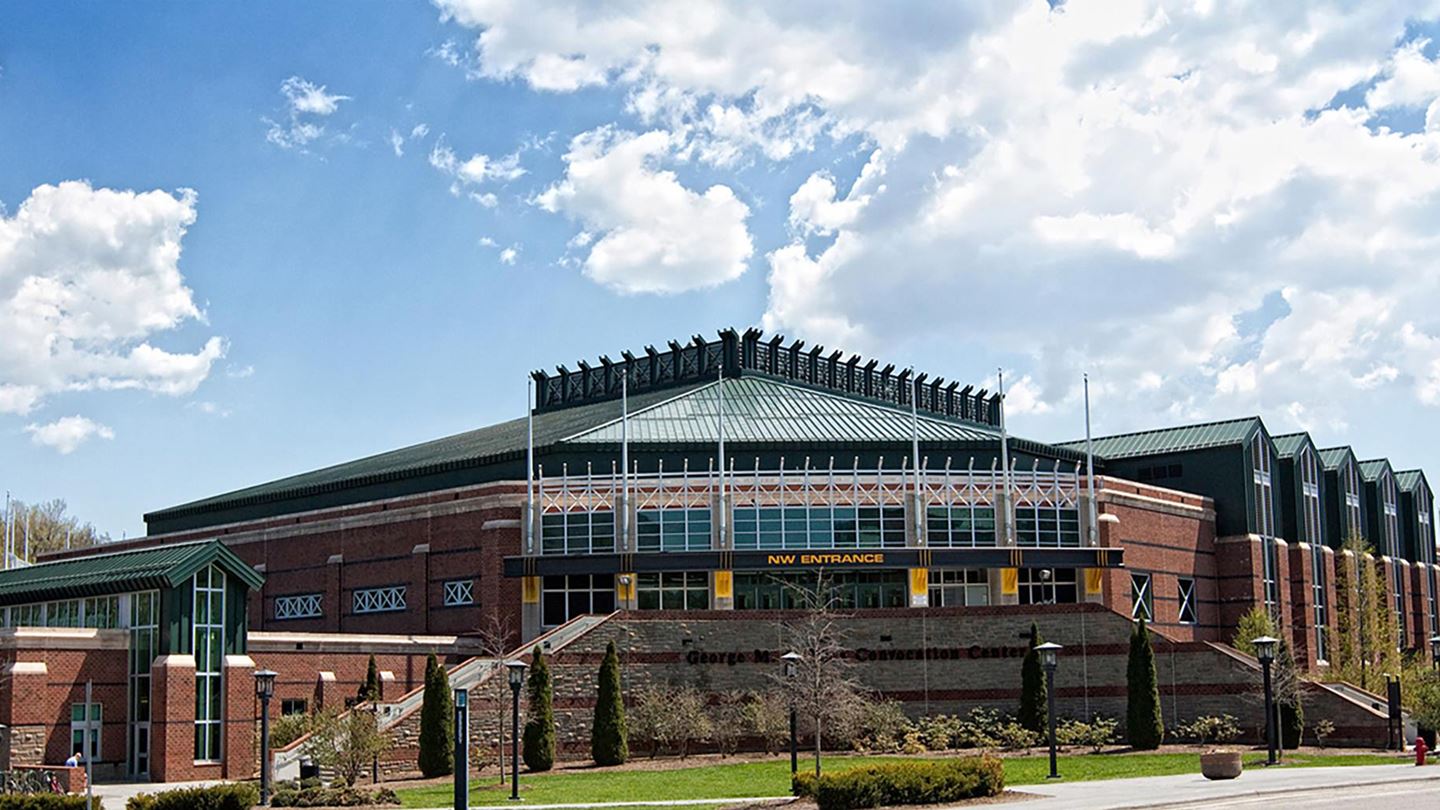
Last Updated on March 30, 2025 7:08 pm
ASHEVILLE – N.C. Department of Transportation employees first provided access to citizens impacted by Hurricane Helene by cutting their way through forests of downed trees.
Six months after the most destructive storm in state history, NCDOT employees and dedicated industry partners continue working for the residents, businesses and visitors of western North Carolina.
The emergency has passed. But not the urgency.
NCDOT has reopened 90 percent of the roads damaged by the hurricane. Crews have repaired or replaced 270 bridges and 870 culverts and reopened Interstate 40 connecting North Carolina and Tennessee.
“Lives were forever changed by this storm,” NCDOT Division 13 Engineer Tim Anderson said. “Local NCDOT staff, NCDOT staff from other divisions and our contract partners have completed a great deal of emergency repairs and we will not stop.”
Crews worked through the winter, with limited daylight and in freezing temperatures. On some days, NCDOT crews worked on Helene repairs in the morning then worked snow and ice operations later in the same day.
“We knew right away when this storm hit that we needed to do all we could to get these roads ready for winter. Our crews did a great job in the fall, and the winter was indeed a challenge,” NCDOT Division 11 Engineer Michael Poe said. “With spring now coming, we’re really excited about the next six months and what we’ll accomplish in that timeframe.”
Reopening I-40 to one lane in each direction provides area residents with a critical connection to both states and long-range drivers a better route to transport cargo. Although slight delays are common as traffic merges into one lane, a drive through the Pigeon River Gorge shows the devastating damage, the incredible efforts of NCDOT and its partners to date, and the immense task ahead.
“We are happy to have I-40 open and operating in a limited capacity, and we also know that tons — literally thousands of tons — of work remains to restore I-40 completely,” NCDOT Division 14 Engineer Wesley Grindstaff said. “Our employees and our contractors are up to the challenge for the benefits of our residents and interstate commerce.”
I-40 is one of several corridors in the region where the current conditions are temporary.
Yancey County highways along the Toe, Cane and Nolichucky Rivers have drivers on them daily. Like the temporary road from Bat Cave to Chimney Rock, they were gravel paths at first, then expanded to one-lane gravel roads. Now, they’re topped with pavement, lane markings and wide enough for two trucks to pass side-by-side.
In other areas, temporary bridges or culverts provide folks with necessary accommodations — including more than 40 locations where former railcars have been repurposed as bridges.
“We’ve been working hard over the winter to get bridges designed and ready to construct,” Poe said. “And over the next few months we’ll start seeing some of those get off the ground.”
NCDOT has the remaining, permanent repairs in the works — either in a planning, design or in some cases, a construction phase. NCDOT entered into alternative delivery contracts to restore critical corridors in Yancey and Mitchell counties, through Gerton, Bat Cave and Chimney Rock, and for I-40 in the gorge.
Public meetings have been and will continue to be held to inform residents on recovery efforts and receive their feedback, which will help guide engineers as they fine-tune plans for resilient repairs.
“NCDOT and its many partners have responded to this historic event with unprecedented collaboration and resolve, and the progress we’ve made in just six months is nothing short of amazing,” NCDOT Chief Engineer Lamar Sylvester said. “We have a lot of work ahead of us, but are encouraged by this start and look forward to seeing even more progress over the construction season ahead.”



















